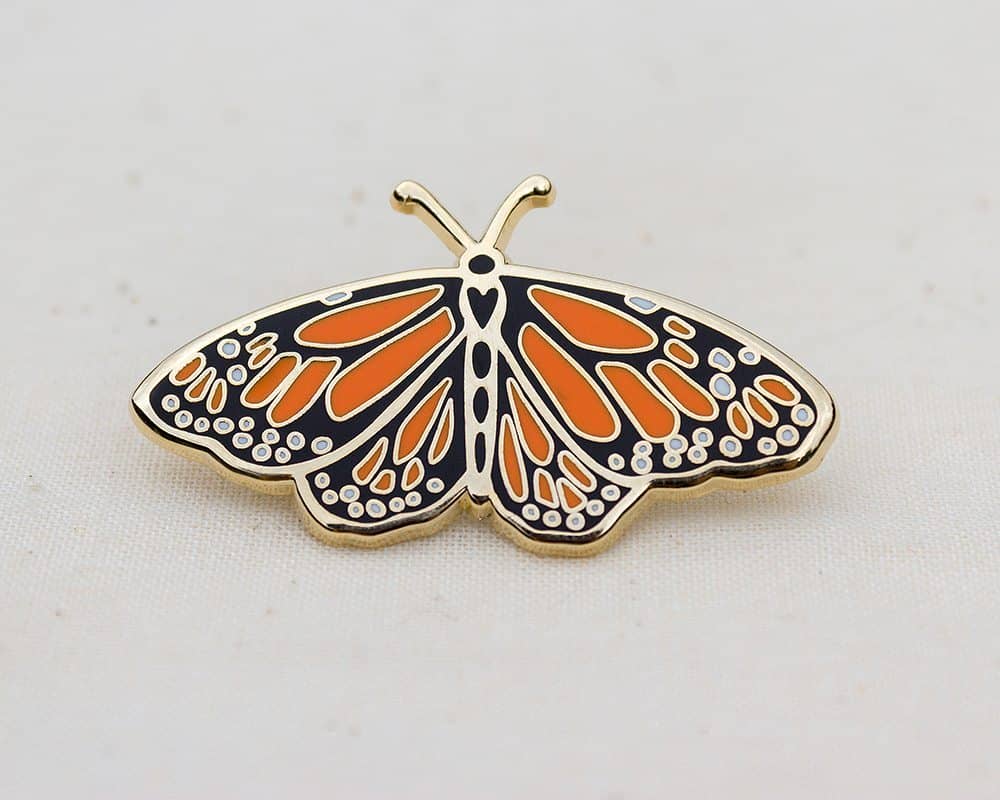
Surprise: Do you really know about LAPEL PINS?
A lapel pin is a small pin worn on clothing, often worn on the lapel of a jacket. Lapel pins can be ornamental or can indicate wearer's affiliation with an organization or cause. Before the popularity of wearing lapel pins, boutonnières were worn.

Design
Pin design starts off very similar to animation. Everything is hand drawn with a blue line. It is done either digitally or on paper with a light-box to plan out all of the elements and artwork that make up the design. Once the design is approved, it is inked, colored, and placed on a mechanical sheet, which is like a blueprint for the pin, with appropriate measurements and call-outs for manufacturing the parts.
Process
Step 1: Stamping Molding
Molds the metal surface to form the design.
Step 2: Outline Cutting
Cutting molds are made separately, then cut to the exact outline of the design.
Additional outline cutting molds may be required depending on the complexity of the design. * If a center hole or cut-out is required, an additional cut-through mold must be used.
Step 3: Attachment
Solder attachment onto the back of each piece.
Step 4: Plating
Plating now can be processed. The quality of plating varies with the length of time the metal is soaked in the plating liquid.
Step 5: Polishing
The metal surface is then polished until it is smooth and shiny. This applies to copper material only. Iron can be polished if required, but this will incur a surcharge.
Step 6: Coloring
Soft enamel is carefully inserted by hand, one color at a time, using different sized syringes. * Drying. * To prevent defects, a high degree of skill is required in order to keep each color and the correct amount of enamel in the proper area.
Step 7: Cleaning
Excess color and impurities are then wiped off the metal surfaces.
Step 8: Baking
The metal piece is baked at approximately 450F for 12 to 15 minutes.
Step 9: Epoxy Coating
Clear epoxy is then applied to the surface to protect the enamel from color fading and cracking. (Epoxy coating is optional and provided according to customer’s requirements)
The standard colors are based on the Pantone Chart.
Bolder designs are recommended in order to prevent any unsatisfactory coloring caused by lines and figures that are too thin or too small.
General enamel coloring requires a surrounding metal space to ensure good quality painting results. Therefore, it is usually necessary to allow for a blank metal rim (0.3mm minimum).
For budget considerations, iron material can be used instead of copper, but without polishing.